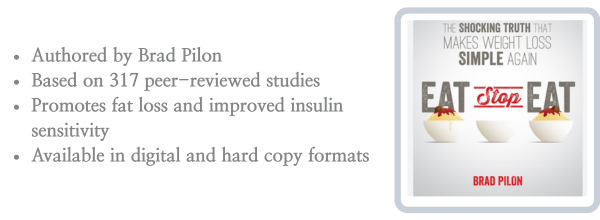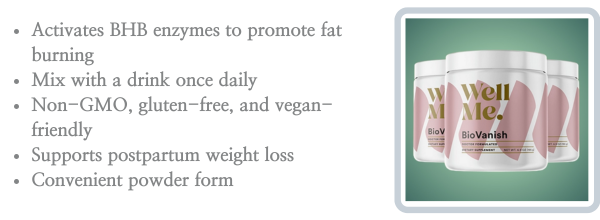
Smoothie plans are all the rage, promising a tasty and effortless way to achieve weight loss. However, this article delves deeper into the effectiveness of these plans and why they are so popular, especially among those with busy mornings. It also highlights common pitfalls, like overlooking the impact of sugar and calories. If you’ve ever wondered about the truth behind smoothie plans and their impact on your weight, you’ll find answers here. Ever faced with the dilemma of wanting a healthy meal but lacking time and inspiration? Smoothie plans offer a convenient solution, filling you up with minimal effort. While they may seem like a simple fix, the question remains: do smoothies actually deliver on their health promises, or are they just another passing trend?

Ever found yourself staring at a mostly empty fridge, knowing you should eat something remotely healthy, but you’re running on five minutes, zero patience, and not much inspiration? That’s me at least once a week. There’s a reason those smoothie plans appeal to so many of us, especially when life’s chaos makes even microwaving oatmeal feel like a big ask. Smoothies promise to save you from that “Should I just skip breakfast?” moment—supposedly filling you up and keeping your health goals within reach. But, of course, anytime something seems too easy, I wonder: Is this really going to do anything for me, or am I being tricked by a pretty trend?
What It Is & Why People Try It
So, smoothie plans for weight loss—think of them as these step-by-step programs where you swap out a meal or two for something you can throw in a blender (and probably convince yourself tastes way better than it looks). You’ve probably seen those brightly colored “30-day smoothie challenge” posts or, at the very least, met someone who gave up their usual pancakes in favor of something green in a mason jar. The idea isn’t rocket science: blend up fruits, veggies, some solid source of protein (Greek yogurt is a heavy favorite), maybe sprinkle in whatever “superfood” you heard about last week, and head out the door sipping breakfast.
At the end of the day, what really ropes people in is how stupidly easy it is. If you ask me, eating more spinach and kale would be impossible if smoothies didn’t mask their flavor behind strawberries and mango. According to EatingWell, folks jump on board because smoothies don’t just save time; they trick you into eating healthy, and help with portion control, too. Anyone seconds away from missing their morning meeting can appreciate a portable breakfast that takes almost zero thought. And honestly? Sometimes, “set it and forget it” is the only kind of nutrition routine I can stick to.
Does It Work?
Okay, so here’s what matters: smoothies for weight loss can absolutely deliver, but only if you play by a few important rules—which, let’s be honest, Instagram rarely mentions. Sites like Simple Green Smoothies show off recipes for fat-burning blends that keep calories in check, but don’t leave you with bland, watery mush. Magazines like Women’s Health love to spotlight combos like coconut-kale or avocado-spinach for good reason—these mixes actually boost nutrition and can help keep you on track.
But trust me, there’s a sneaky downside: if you go wild with peanut butter, honey, or pile on fruit, your “healthy” smoothie can sneak up to dessert-level calories fast. I’ve seen it happen (and done it myself). One of my friends was totally stuck—no weight loss at all—until she swapped out half her fruit for greens and went heavier on the protein. Suddenly, things started working again.
So what’s the secret? Balance, every time. You want that hit of protein (think a couple spoons of Greek yogurt or protein powder), a touch of healthy fat (don’t go overboard), and lots of fiber from things like berries or spinach. Get it right, and you might just stop doing the 11 a.m. snack run—those smoothies can be surprisingly filling.
Here’s my honest take: nobody’s weight loss path looks exactly the same, and sometimes the only way to figure out what works is to try, fail, and tweak until you hit your groove. Smoothies can be awesome allies when you’re juggling a million things and need something nutritious that you actually want to eat (or, well, drink). But real results don’t come from hacks or miracle meals—they come from habits that don’t make you miserable by week three. So if whipping up smoothies helps you build those habits, perfect. If not, that’s fine too.

Here’s my honest take: nobody’s weight loss path looks exactly the same, and sometimes the only way to figure out what works is to try, fail, and tweak until you hit your groove. Smoothies can be awesome allies when you’re juggling a million things and need something nutritious that you actually want to eat (or, well, drink). But real results don’t come from hacks or miracle meals—they come from habits that don’t make you miserable by week three. So if whipping up smoothies helps you build those habits, perfect. If not, that’s fine too.
Sources
-
The 30-Day Smoothie Plan for Weight Loss – EatingWell
-
25 Breakfast Smoothie Recipes for Weight Loss, According to Dietitians
-
10 Top Fat-Burning Smoothies for Losing Weight
Today’s related searches: how to meal prep smoothies for weight loss, best protein to add to smoothies, low calorie breakfast smoothie ideas, making freezer smoothie packs tips, balanced smoothie recipes for weight management
Each offers exceptional value and is designed to support your health in meaningful ways


